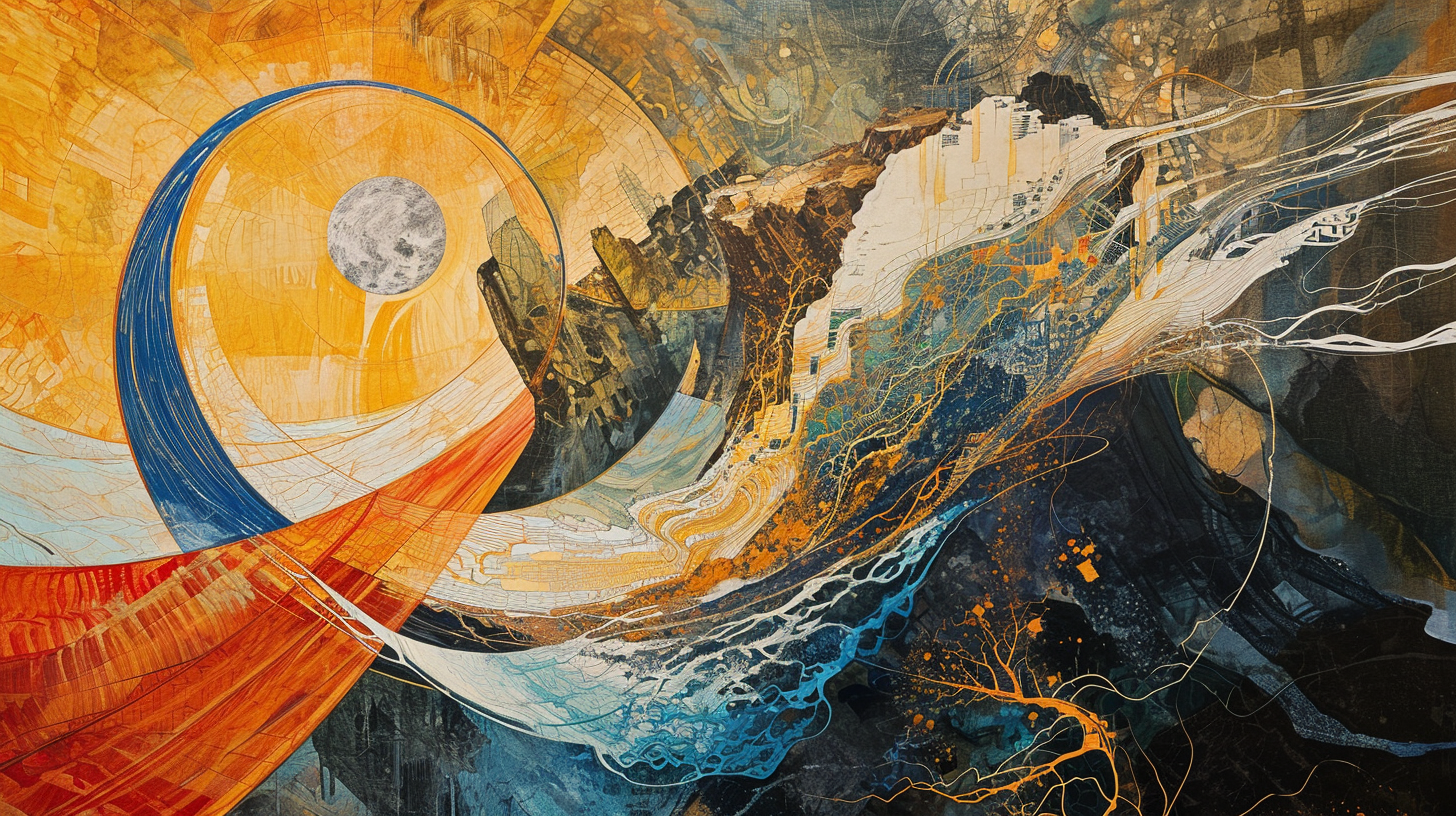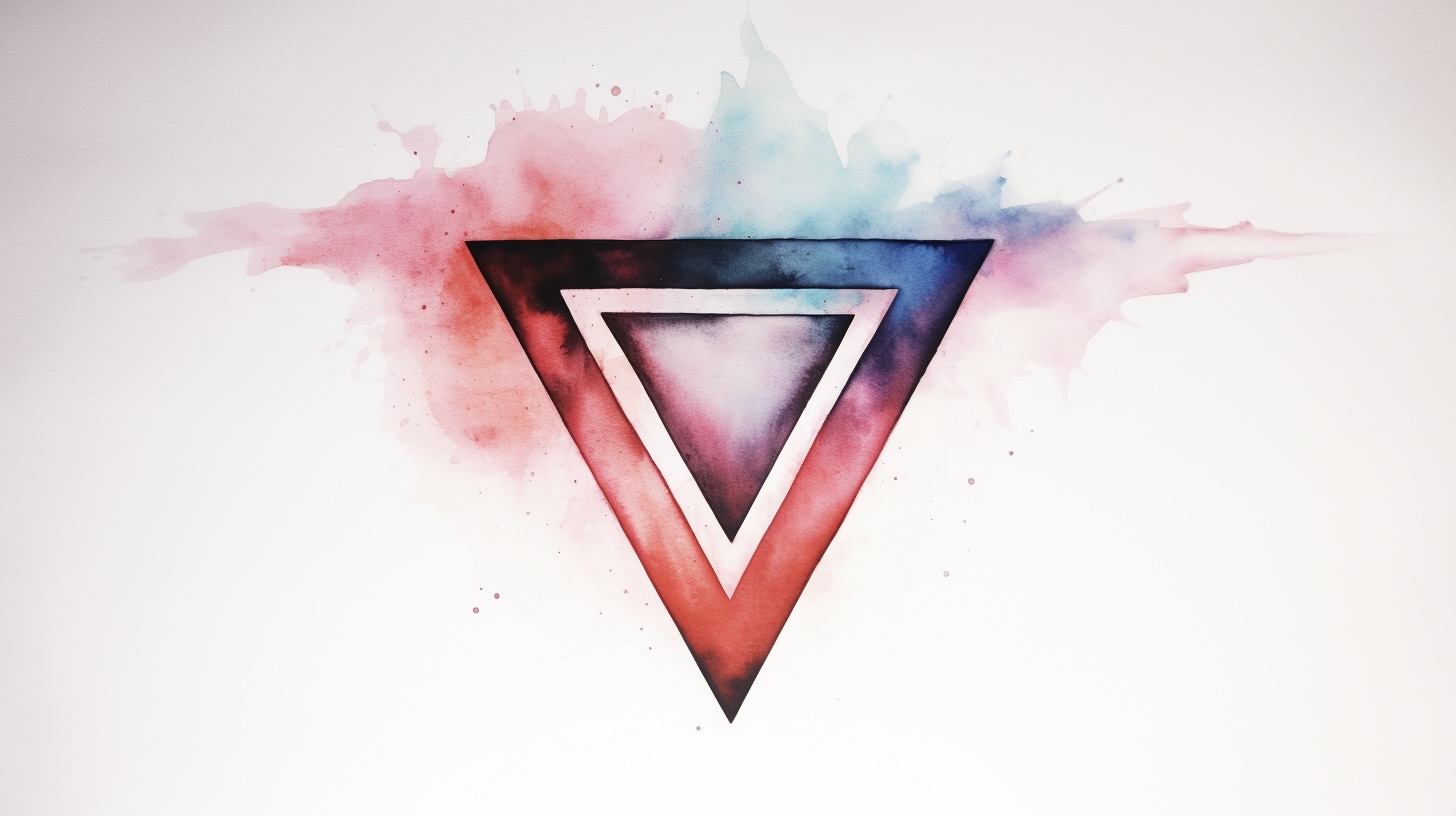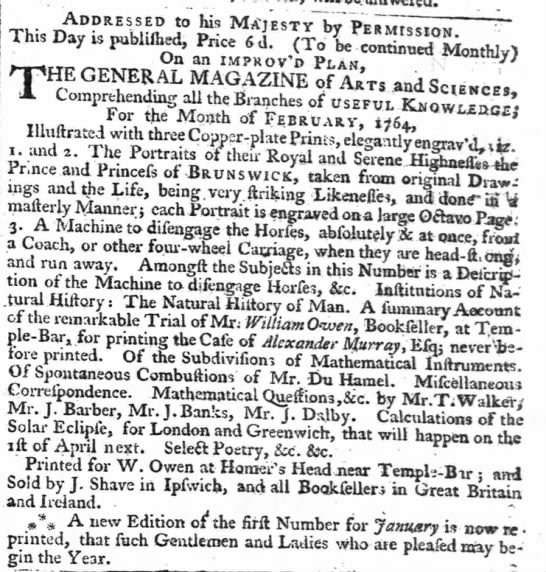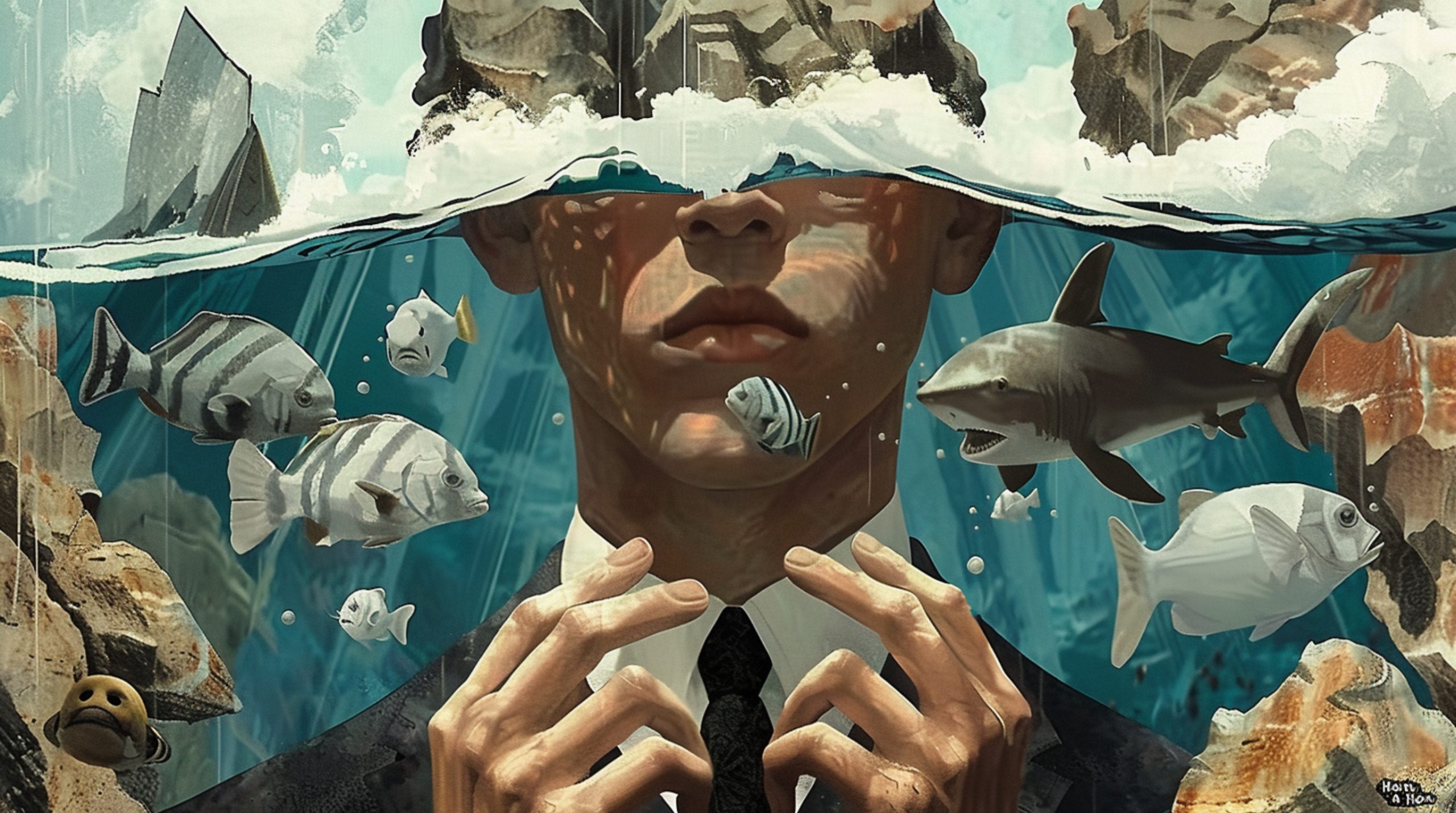Our sensitive content is only available to Patrons!To view this content, you must be a member of Pingcognito Patreon Unlock with PatreonAlready a qualifying Patreon member? Refresh to access this content.
Category: See An An
See An An


I explain 17 tech-magic to Chat-GPT 4o
The term “17 tech-magic” refers to the symbolic meanings of 1 and 7. The 1 represents a sword, connected to Mars, the God of War, and embodies the masculine side of “Men are from Mars, Women are from Venus.” This side is associated with boys, reason, and conflict. The 7…
See An An


▼ The Descent of God’s Grace ▼
Man, dig it, the descent of God’s grace, it’s like this wild journey through the beatific realms of Christianity, you know? It’s all about God, that cosmic hipster, showering us with His unearned favor, His mercy, and His divine blessings. It’s a trip, man, when God reaches out to us…
See An An


The first mention of “Spontaneous Combustion” in the media
The Ipswich Journal, in Suffolk, England on March 10, 1764 on page 4
